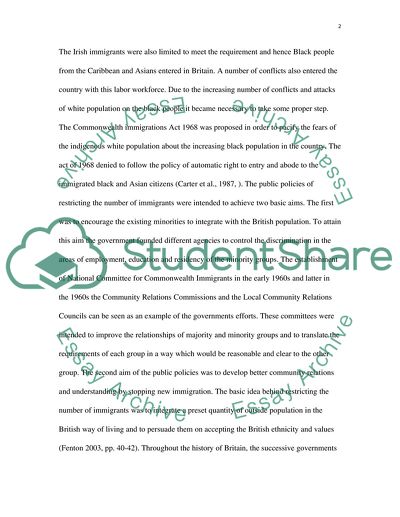Cite this document
(Integration in France and Britain Term Paper Example | Topics and Well Written Essays - 3000 words, n.d.)
Integration in France and Britain Term Paper Example | Topics and Well Written Essays - 3000 words. Retrieved from https://studentshare.org/social-science/1720259-7compare-and-contrast-the-british-and-french-approach-to-integration-with-specific-reference-to-islam
Integration in France and Britain Term Paper Example | Topics and Well Written Essays - 3000 words. Retrieved from https://studentshare.org/social-science/1720259-7compare-and-contrast-the-british-and-french-approach-to-integration-with-specific-reference-to-islam
(Integration in France and Britain Term Paper Example | Topics and Well Written Essays - 3000 Words)
Integration in France and Britain Term Paper Example | Topics and Well Written Essays - 3000 Words. https://studentshare.org/social-science/1720259-7compare-and-contrast-the-british-and-french-approach-to-integration-with-specific-reference-to-islam.
Integration in France and Britain Term Paper Example | Topics and Well Written Essays - 3000 Words. https://studentshare.org/social-science/1720259-7compare-and-contrast-the-british-and-french-approach-to-integration-with-specific-reference-to-islam.
“Integration in France and Britain Term Paper Example | Topics and Well Written Essays - 3000 Words”, n.d. https://studentshare.org/social-science/1720259-7compare-and-contrast-the-british-and-french-approach-to-integration-with-specific-reference-to-islam.


